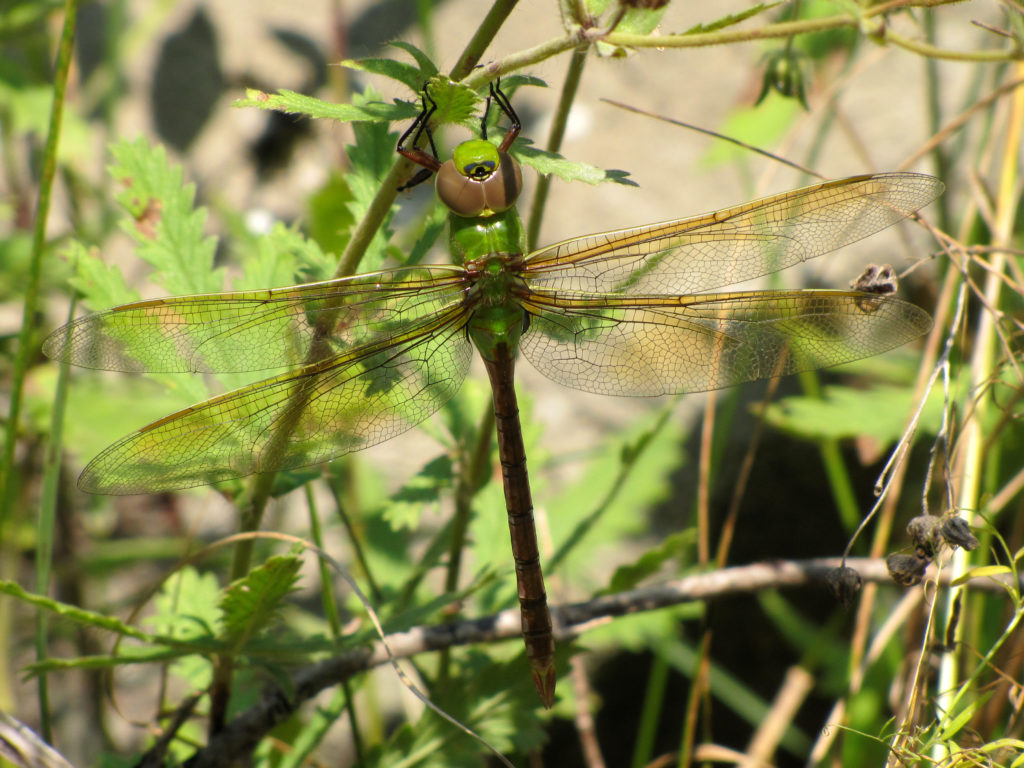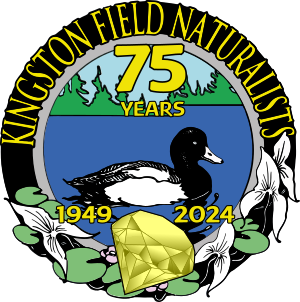
A list of all the Odonata species recorded in the Kingston Study Area is available as a Google Sheet: Odonata of the Kingston Study Area. Use the File menu to save a copy to your Google Sheets or download the sheet in a different format.

Join or visit the KFN: Odonata project on iNaturalist. This collection project automatically collects Odonata observations submitted to iNaturalist that occur in the Kingston Study Area.
Odonata (Dragonflies & Damselflies)
Both dragonflies and damselflies belong to the ancient order, Odonata (toothed ones). Within this order are two distinct sub-orders; Anisoptera, the dragonflies and Zygoptera, the damselflies. These are easily distinguished from each other in numerous ways. In dragonflies, except clubtails, the eyes meet or nearly meet in the middle of the head, whereas damselflies have widely separated eyes. Dragonflies, when perched, hold their wings horizontally while damselflies fold them over their backs. Both can move their wings independently of each other giving them greater control in flight, though dragonflies have strong, sustained flight and damselflies are more weak and fluttery. Also, damselflies are smaller and more slender than their more robust cousins.
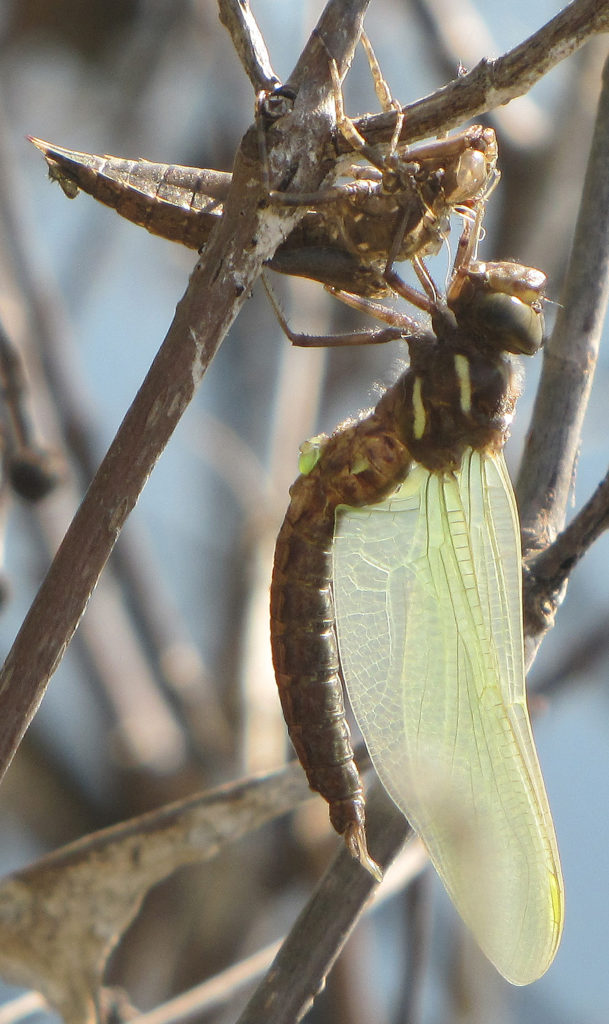
Both dragonflies and damselflies have formidable mandibles for eating any insect they can catch with their legs, from mosquitoes to beetles to other odonates. Their compound eyes, along with three little ocelli or simple eyes allow them to see in almost 360 degrees. Scientists believe that 80% of the odonate brain is used for visual information. Hence, the difficulty in netting them and their 98% catch rate.
Sex is both unique and challenging for these insects. Claspers at the end of the males, though slightly different in both dragonflies and damselflies, serve the same purpose, to catch and hold the female. The sexual genitals in both genders are uniquely designed to act as a lock and key. Though some males will try to breed outside their species, it is invariably doomed to failure. They just don’t fit.
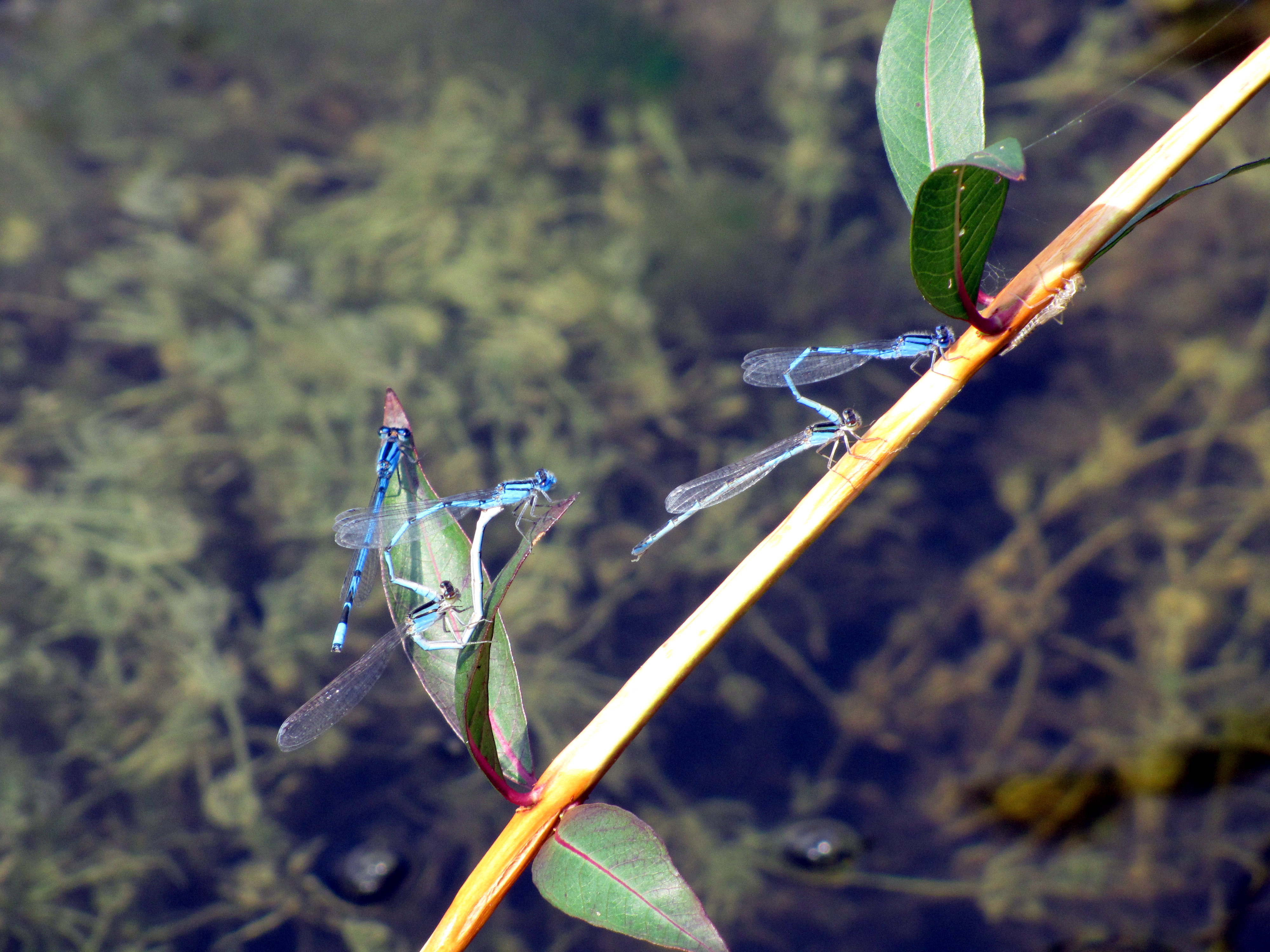
Unlike butterflies that go through a four stage metamorphosis, dragonflies and damselflies go through a three stage, incomplete metamorphosis: egg, larva and adult dragonfly. Most of its life is spent as a voracious nymph hunting underwater in streams, lakes and ponds. As the nymph grows it sheds its skin numerous times (instars). The nymph stage, depending on species and location can last from a few months to 8 years, though in most North American species, only from one season to the next. Just before its last instar, the nymph goes into diapause or a rest period where the last changes in its body, such as the wings, are completed. It then crawls out onto the stem of a plant or onto a rock or tree trunk and completes its life cycle by freeing its now tranformed adult body from the old nymph skin. After hardening its wings with hemolymph (blood) and letting them dry, the teneral dragonfly or damselfy flies off and begins its new life as an adult.
